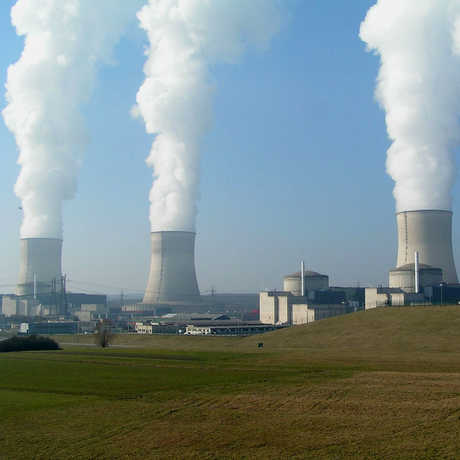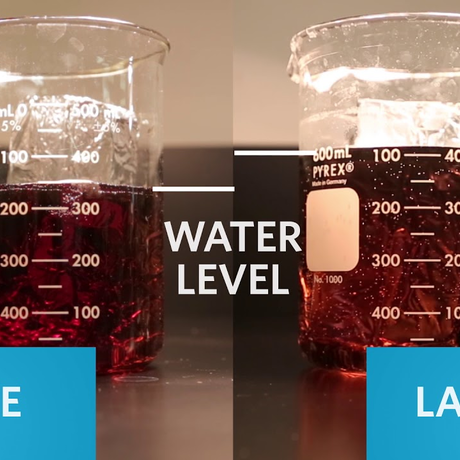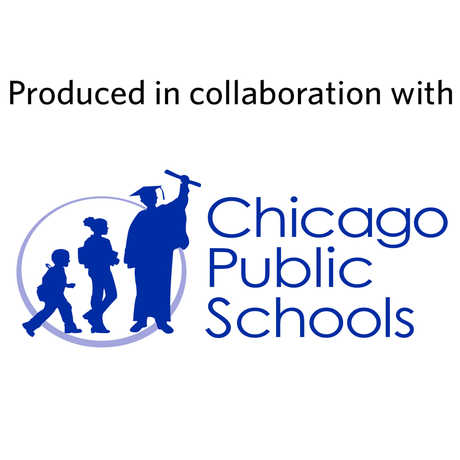
On a hot sunny day, asphalt can be a treacherous surface to walk barefoot on. Why is grass so much cooler?
About This Video
Grade level: 6-12
Length: 1.5 minutes
Next Generation Science Standards: HS-PS3.A, HS-PS3.B
Video Synopsis
It's summer in the city. It's hot. The faint but recognizable jingle of the ice cream truck is getting louder as it rounds the corner into view. There's no time to put your shoes on. The best ice cream bars will be the first to go. You make a run for it, leaving the cool grass you've been lounging on and braving the burning pavement. Why don't they stock more of those delicious chocolate-bonzo mega-toffee super-crunch bars? But more importantly, why is the asphalt so much hotter than the grass? What is going on?
This video was made in collaboration with Chicago Public Schools as part of their NGSS-aligned high school biology curriculum.
Phenomenon-Based Learning
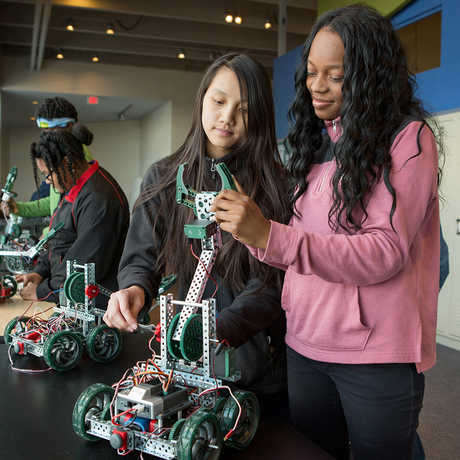
As many states are transitioning to the Next Generation Science Standards or something like them, more and more teachers are using phenomenon-based learning to shift from a content-driven classroom to a process-driven one. In the NSTA blog article, read why anchoring phenomena can be useful for helping students advance their own path to science understanding.
Photo courtesy of Allison Shelley/The Verbatim Agency for American Education: Images of Teachers and Students in Action
Lesson Plan: The Albedo Effect
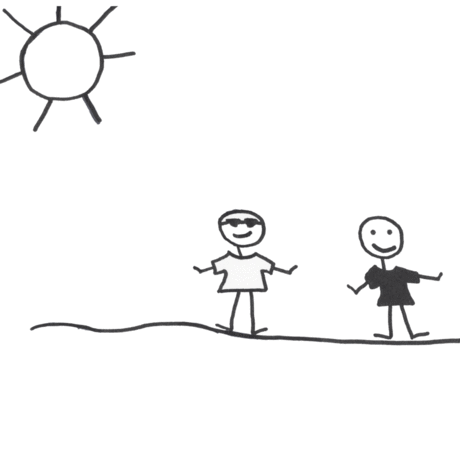
Have you ever walked through a parking lot on a summer day and felt relieved when you got to the sidewalk? In this activity for grades 9-12, students will observe how different types of surfaces change temperature in direct sunlight and learn how albedo relates to those changes. Then they will apply their understanding to designing a multi-use outdoor space for a school’s playground that stays cool even when it’s hot out.
Interactive: Earth's Albedo and Global Warming
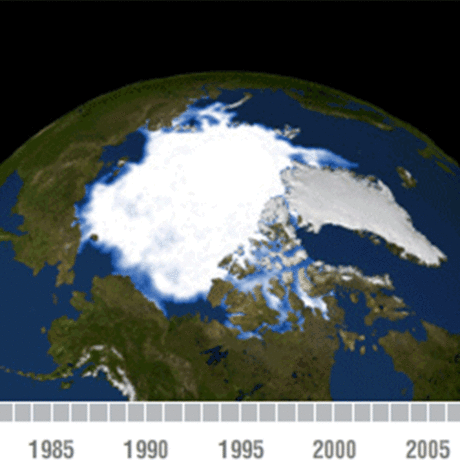
In this interactive activity adopted from NASA and the U.S. Geological Survey, students will learn about how Earth materials, such as snow, ice, and water, differ in their ability to reflect and absorb the Sun's energy and how melting polar ice creates a positive feedback loop that accelerates global warming.
Image: NASA
Connections to the Next Generation Science Standards
While this video doesn't necessarily cover the following standards in depth, it is a compelling resource you can use to supplement your curriculum that does.
Disciplinary Core Ideas
- HS-PS3.A Definitions of Energy: At the macroscopic scale, energy manifests itself in multiple ways, such as in motion, sound, light, and thermal energy.
- HS-PS3.B Conservation of Energy and Energy Transfer: Conservation of energy means that the total change of energy in any system is always equal to the total energy transferred into or out of the system.
Share This

